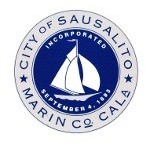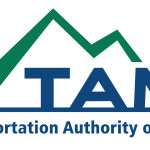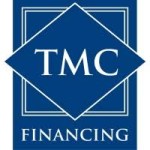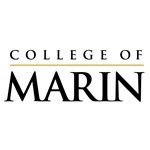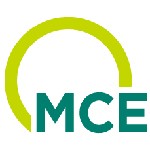2/2024 Blog Topic: Why we need to talk about business attraction in Marin County
February 2024
| Recently, the Marin Economic Forum held our annual Forecasting the Future event with a focus on business attraction. Most people associate business attraction as the act of a public entity proactively recruiting companies to locate in their jurisdiction. Those entities may have different interests for businesses to locate there, such as job creation, infrastructure development, or tax revenues. The most visible example of this is when a state like Texas successfully poached San Francisco-based companies, offering incentives such as tax credits and lower costs. The reason we chose to focus on business attraction is because, like other regions, Marin County has needs that can be filled by more businesses locating here. Let me present three areas where more growth in businesses will help the county: 1. Better jobs: Marin has among the highest educated and skilled resident population in the country. Over 65% of our residents hold bachelor’s degrees or higher. However, only 35% of the occupations in the county require greater than a high school education. This means many residents must seek employment outside of Marin because we do not have enough middle-skill and high-skill jobs to meet residents demands. 2. More economic growth: Most businesses currently operating in Marin serve the local market. That is good from the perspective of available goods and services for locals. However, being dependent on local consumers means limited growth opportunities because we are dependent on a smaller market. 3. Greater opportunity for youth: Young people in Marin don’t have robust opportunities for employment post-high school, save for some of the more active local sectors like construction. Most entry level jobs are in the services sector with limited opportunities for mobility. In addition, young college graduates have a shallow pool of professional services firms in Marin where they might secure employment with wages for a comfortable lifestyle. What is it that Marin has to offer? Plenty. For starters, there is the high-skilled workforce that already lives in Marin. Second, from a commercial real estate perspective, office space in Marin is not only less expensive than peer counties, but we also have the types of office space that meets modern demands like outdoor office amenities, free parking, and lifestyle features in the towns and cities where offices are located (think of that after-work dinner with colleagues or, even better, an after-work hike!). Depending on the sector you operate, there may be other advantages to locating here where there is access to water for prototyping, lab space for R&D, or a central location if you are supplying markets to the north, east or south Bay Area. How can we undertake business attraction in Marin? The answer is a bit complicated owing to our multiple jurisdictions and the resources normally associated with the task. However, readers should note that some of Marin’s cities, like San Rafael and Sausalito, are proactively focusing on the opportunity to attract new companies, with economic development resources in place to manage any activities should they decide to do so. A big part of the activity is promoting and selling your region to the broader public and that is a place MEF is starting to focus. As our Chief Economist, Dr. Rob Eyler, mentioned at our Forecasting the Future event, “Marin has the muscle, it’s a matter of whether we flex it.” |
SAVE THE DATE: MEF Economic Briefing
March 11 – 9am
Come join MEF’s first Briefing of 2024 on Monday, March 11 at 9:00 am. Mike Blakeley and Dr. Robert Eyler will present 2024 early data and prospects. We look forward to you joining us.
We welcome your questions in advance of the program. Please submit your question to admin@marineconomicforum.org.
You are invited to a Zoom webinar.
When: Mar 11, 2024 09:00 AM Pacific Time (US and Canada)
Topic: MEF Econ Briefing
Register in advance for this webinar:
https://SonomaState.zoom.us/webinar/register/WN_CDSt5OODQkGQZ4NwJAiITA
After registering, you will receive a confirmation email containing information about joining the webinar.
Mike Blakeley, CEO
Marin Economic Forum



